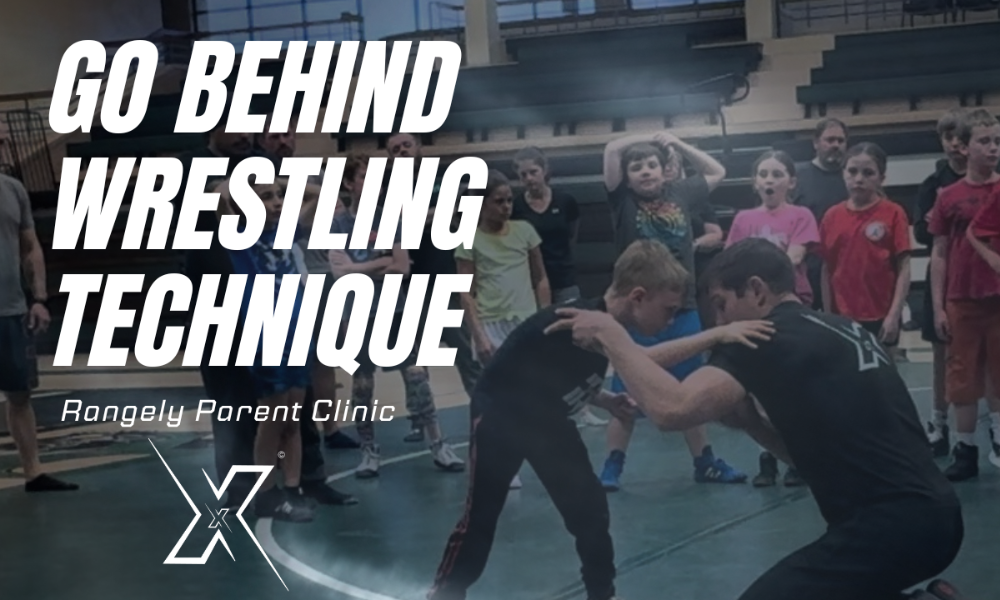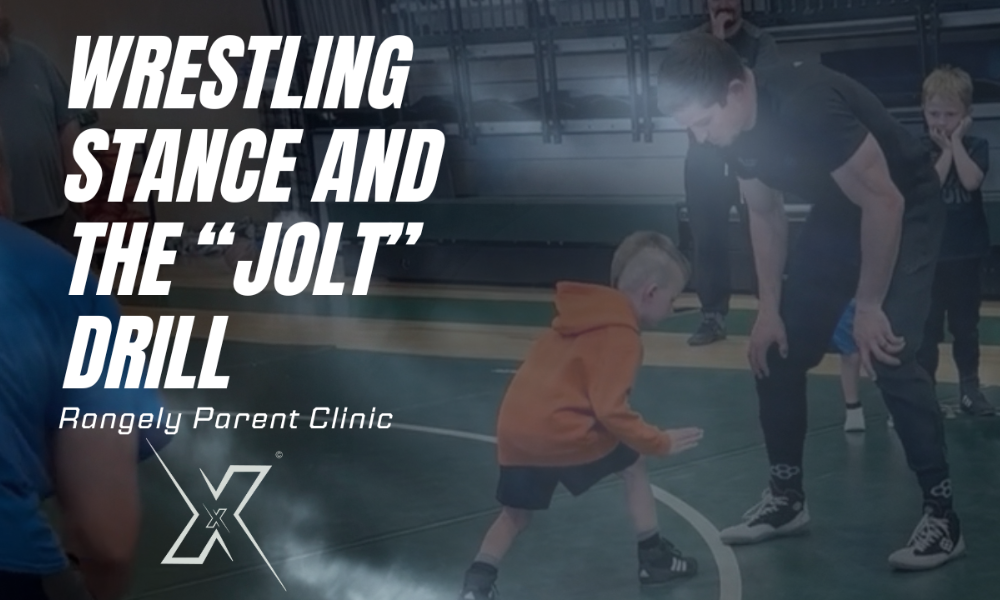The go-behind is one of those moves that works at every level because it is quick, simple, and safe. The move is responsible for 78% of all take-downs. If your opponent shoots and stalls out, or if they’re on hands and knees after a scramble, the go-behind turns that moment into points without taking big risks. Parents love it because it rewards patience and position. Kids love it because it feels like a “free” takedown once you learn the timing.
When to Use It
- Opponent shoots and stops under you
- Opponent is on hands and knees after a failed shot
- You’ve sprawled and have heavy hips on their shoulders
The Steps
- Stop the shot. Hips back, hands on shoulders or triceps, and sprawl just enough to take their weight.
- Steer the head. Use a hand to guide their head toward the mat or to one side. Head control makes everything easier.
- Circle your feet. Small, quick steps around the hips, not big lunges. Keep your chest over their back as you move.
- Capture the far hip. Slide a hand to the far hip or waist. Your goal is to “lock the door” so they cannot turn into you.
- Secure behind. Wrap the waist, chest on their back, and settle your weight. That is control. That is your takedown.
Key Cues for Kids
- “Hips back, hands forward.”
- “Head down, circle around.”
- “Touch the hip, wrap the waist.”
- “Chest on back before you celebrate.”
Common Mistakes
- Reaching too soon. If you dive for the waist before you’ve controlled the head, they’ll spin to face you.
- Big steps. Long, slow steps get you stuck. Think quick, tiny circles around the hips.
- No chest pressure. If your chest floats, they pop up. Keep light but constant weight on their back and shoulders.
Two Easy Drills
- Shadow Go-Behinds: Partner kneels, posts one hand, then freezes. You practice steering the head and circling to the hip, five reps each side.
- Sprawl to Circle: Partner shoots at 50 percent. You sprawl, steer, circle, and capture the hip, focusing on short steps and tight chest pressure.
Why It Matters
The go-behind teaches timing, footwork, and control without forcing risky finishes. Learn it early, rep it often, and you will find takedowns in matches that used to feel like scrambles. Simple, fast, and super useful.






